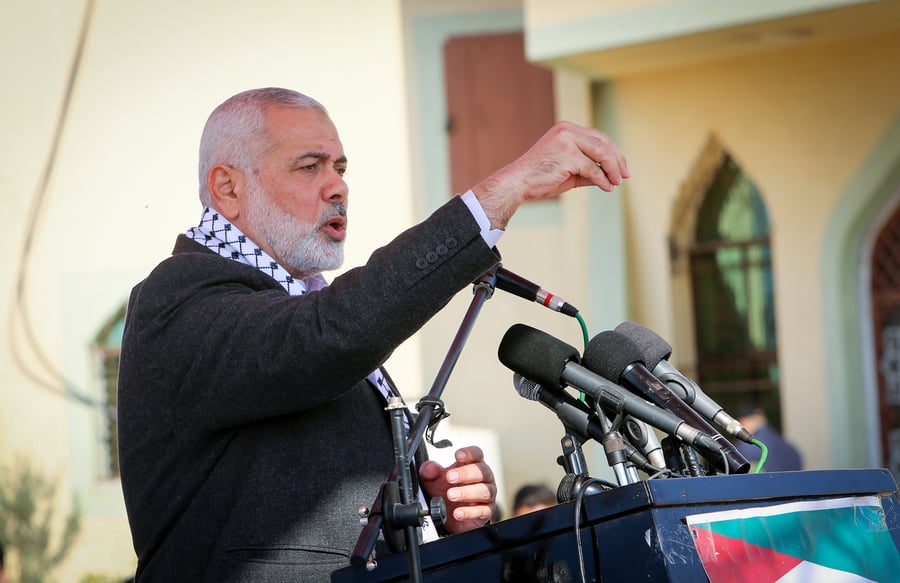
According to the JC, the explosive device used in the assassination was placed by two Iranians recruited by Mossad from the Ansar al-Mahdi security unit of the Islamic Revolutionary Guard Corps (IRGC). These were the very individuals tasked with securing the guesthouse where Haniyeh was staying.
The Iranian security personnel were captured on camera entering Haniyeh's room with a key on the day of the assassination, and later leaving the building calmly. They were seen getting into a black car, which the parking lot guard allowed them to exit without questions. They were subsequently smuggled out of Iran by Mossad.
Contrary to reports suggesting that the device was planted weeks or months prior, security footage reveals it was placed on the day of the explosion, at 4:23 pm, about nine hours before it detonated when Haniyeh entered his room. The bomb, triggered remotely, exploded at exactly 01:37 am local time.
To avoid collateral damage, Mossad used a small, precise explosive, mounted under Haniyeh’s bed, targeting only his room. This resulted in minimal damage, confined to a specific area of the building.
The operation required meticulous planning by Mossad agents across Tehran and involved local Iranian collaborators. This intelligence gathering, accumulated over years of monitoring Iran's nuclear ambitions, was critical to the operation's success.
The opportunity to strike arose when Haniyeh was invited to Tehran for the inauguration of the new Iranian president. Mossad, with support from IDF’s intelligence unit 8200, intercepted communications between inauguration organizers and guests, leading to the decision to act during Haniyeh's stay at the guesthouse.
Mossad agents surveyed the area, finding it challenging due to the guesthouse's location. They overcame this by using camouflaged positions in nearby trees to monitor Haniyeh’s arrival and the status of his room. The bomb was detonated when the light in Haniyeh’s room was turned off, killing him instantly. His bodyguard, Wasim Abu Shaaban, was critically injured and later died. Shaaban was also identified as a wanted terrorist and a senior Hamas military wing member.
Following the assassination, Iranian authorities conducted a raid, arresting 28 high-ranking officials and seizing their electronic devices. They discovered the involvement of IRGC members, which fuelled their anger and threats of severe retaliation against Israel.
While Mossad had opportunities to eliminate Haniyeh in Qatar, Israel refrained due to Qatar's role as a key mediator in the hostage crisis and concerns about jeopardizing potential peace talks with Qatar.



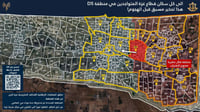

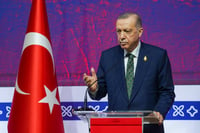
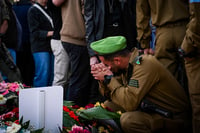


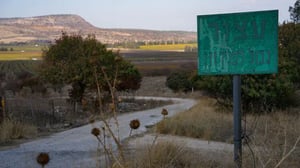

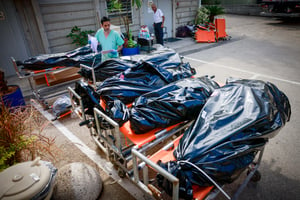

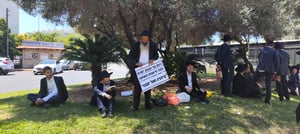
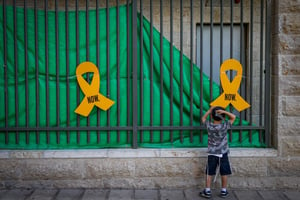
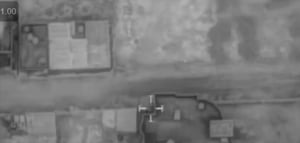

0 Comments